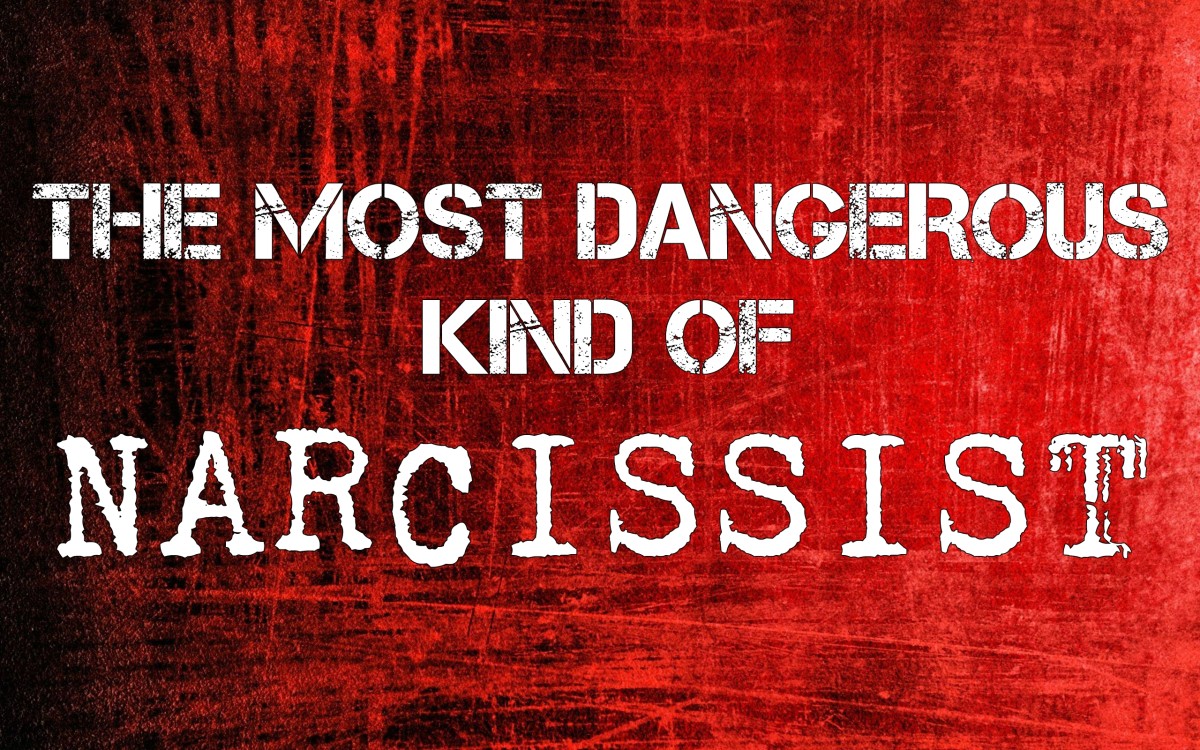Labels With Harmful Ingredients In Our Common Products
Disclaimer
I am not a chemist, or health-care professional. I am merely sharing some of the things I have learned through self study. As a consumer you can do the same thing. I'll get you started!.

Reading Labels
Are you a label reader, searching out the list of ingredients? I am. There is a big bother to thank. He was about twelve and walked in on our Grandmother using some forgotten lotion or skin cream, and he remarked to her:
" Granny, did you know that has urea in it" ? She replied nothing . I , however, always one to challenge a big brother, asked him, " what is urea"? He rather pompously told me it was cow urine. Well, he did not really say " urine".
Living on a farm, I certainly knew what that was!
So, I took a peak at Granny's jar or bottle, and there it was: urea. Shocked, I ran to Granddad's dictionary.....
Urea: (yoo re' e) noun, a soluble, crystalline solid found in urine or synthetically made
It did not mention a cow, but I was hooked. There I stood in amazement, we had over 250 head of cattle and 'they' were making urine! "Why" my young mind cried?

Learning to buy
My first serious label reading involved food. Having learned to cook rather young, I was not drawn to prepacked or convenience foods. Nor did I have any use for animal growth hormones.
When my own youngsters began to want some treat or easy for them to fix items, I confess, I used the labels against them. They, too, learned to read labels and research. Afterall, they had the encylopedias and then the internet, might as well use the tools for learning.
Look at the additives in some of the foods that you have in your kitchen. Do you see any of these words?
MSG, Designed to enhance the flavor of food. It can over excite your nervous system.
BHA, BHT, Used to prevent oils and fats from going rancid. Can be carcinogenic.
Sodium Nitrate, This is not just another salt, this is a chemical compound used in fertilizers and rocket fuel. Also, a known carcinogenic.
Designed foods, and rocket fuel components just don't sound healthy to me. The last thing my family needed was the kids overly excited, flying through the air and bouncing off the walls. Not to mention, I have never seen fat go rancid. It must happen though. Something has been invented to stop it.
Now, I can't say that we banned all chips, sodas, and convenience foods from the table. We did become smarter about what we bought and consumed.
This is an excellent resource with a great deal of information. The average consumer can read this info without a degree in chemistry.

From Food to HBA
My research simply grew from food products to HBA items. After all, you should be concerned about what your skin absorbs.
This is far too much info to keep in my head, so , I decided to use some of the toiletries in our home. Probably very similar to what you use. The list of ingredients is too exhaustive to list in a hub, so, I will only review the ones that raised concern.
First my husband's bath soap:
Right there on the box of soap, the first ingredient is sodium tallowate. Tallow is beef fat. I have no idea why, but my Grandmother would not use tallow in soapmaking. She used only rendered lard.
Next, we have sodium cocoate, a known skin irritant.
The soap has several lathering ingredients, carriers, and FDA approved fragrances and colorings. But the FDA has also approved beef tallow and known skin irritants.
As far as commercial soaps go, this is about as safe as it gets.
Next up, a well known national deodorant.
Sodium stearate, could not be found in the resource I was using. Elsewhere, I learned , it is " a salt of stearic acid", also used in rubber products, latex paint, inks, and accelerants.
Myristyl ether, could not be found in the source I was using. What I did find, made me wish I was a chemist! This is what I read, "straight chain saturated fatty alcohol" " molecular formula, C,14,H30,O". Proctor and Gamble has a 7 page MSDS ( material safety data sheet), # ALCH414-1.
There are many items in our life that have MSDS's, they are on file at the retailer where you bought them. What concerns me, is the absence of a description that the average consumer can understand.

My Products
The first item is a mineral based powder foundation. There were 3 reasons that I purchased this particular product. It is from a company I usually trust, it is a mineral powder, and because it contains salicylic acid.
Salicylic acid is a BHA, beta hydroxy acid, a skin exfoliant , It can be quite irritating to some skin types, but my skin tolerates it well. In this formula it makes up only .5% of the ingredient list. The other 99.5% is made of coloring agents, water binding agents and stabilizers. There was nothing there to cause me concern.
Next up, a high end sunscreen from the maker of the above mineral powder.
When I retrieved this from the bathroom shelf, I was disappointed. The tube claims to be working with the American Cancer Society in the prevention of skin cancer. But, in the fine print, it states, they have no such endorsement. They have bought the rights to use the ACS logo! Should this be legal? Isn't this willful misleading?
There are five " active" ingredients in the list. Each of them is a sunscreen agent , and are listed as safe to use by my source.
Of the five inactive ingredients, 1 throws up a red flag.
BHT, synthetic antioxidant, a known carcinogenic, it carries the warning that it is not to be swallowed. Why are we putting a cancer causing agent in a sunscreen?
The final item is a face wash, made by another reputable and well known company.
It's contents are made up of cleansing agents, humectants, drawing water to the skin , ( which I will also be rinsing away) and lathering agents.
Again, there was one product that raised a red flag:
Sodium myristoyl ( this is not the same ingredient found in hubby's deodorant)....
This is also a cleansing agent, but it is LINKED to cancer and is absorbed through the skin.
Want to search for yourself? Use this link to get started. It makes the work so much easier, and it too, is easy to navigate and use.
http://www.cosmeticscop.com/cosmetic-ingredient-dictionary/A.aspx
This link is to the US FDA, where I found a bit more on tallow.
Need To Change Brands?
Household Tips
- Useful Things To Know Around the Kitchen and Home
CLEVER IDEAS WORTH KNOWING Take your bananas apart when you get home from the store. If you leave them connected at the stem, they ripen faster. To keep away an invasion of ants, sprinkle...
Interested in HubPages ?
The Conclusion
There was not as much cause for alarm as I had expected. Wise shopping does pay off. I was shocked to still see ingredients linked to cancer in a sunscreen product.
Manufactures have listened to the consumers. Great strides have been made in the last few years in the safety of our products. Still, there is room for improvement. We must let the manufacturers know why we are not choosing their product.
You are still responsible for your family as a consumer. Don't take safety for granted. Be informed, inform yourself. The information is so easy to get.
Just a point of interest, while using my ingredient source, there were at least 40 entries that were preceded by "sodium". How much salt do we need in our lives?
Somehow the cow tinkle doesn't seem so bad now.
Do Mineral Powders Invade the Lungs
Interested in Making Your Own Products
Get started here.






